#neverita lewisii
Explore tagged Tumblr posts
Text






#sand collar#egg mass#moon snail#neverita lewisii#gastropods#marine life#beach#mission bay#san diego
2 notes
·
View notes
Text
Art Studio 1 Research: Biology of Slime (IDEA 2) PART 2
Artist Archive (both ideas): Markos Kay's aBioGenesis (2022)
aBioGenesis (2022, CGI-animated short film (57 secs))
vimeo
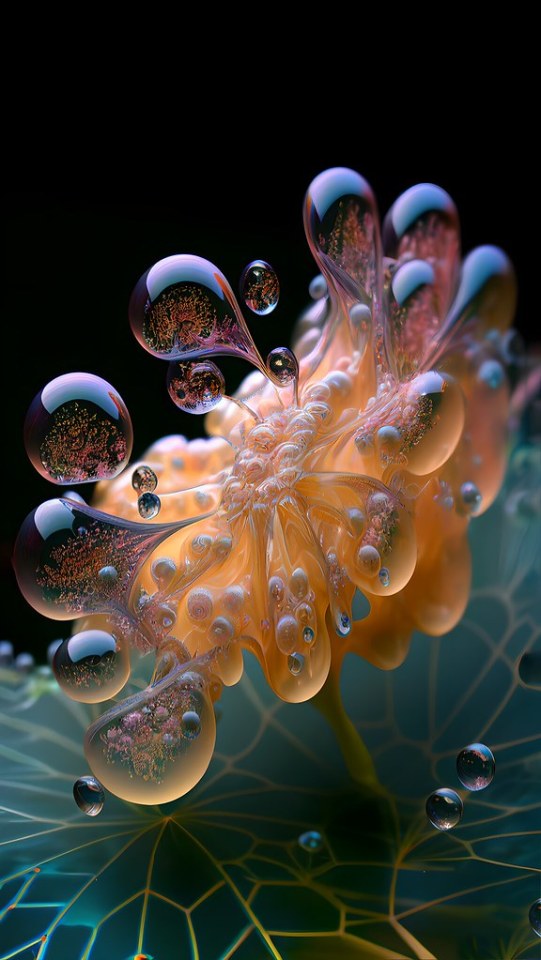

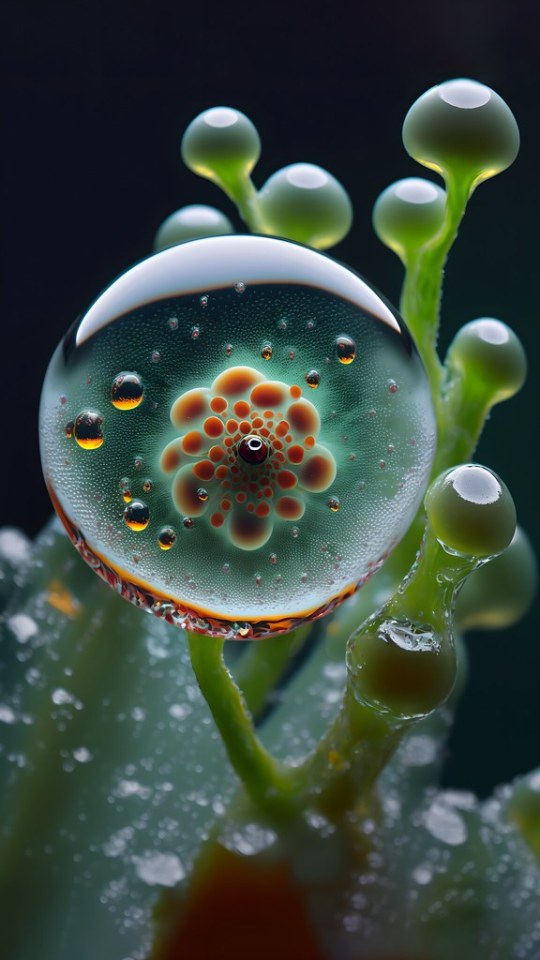
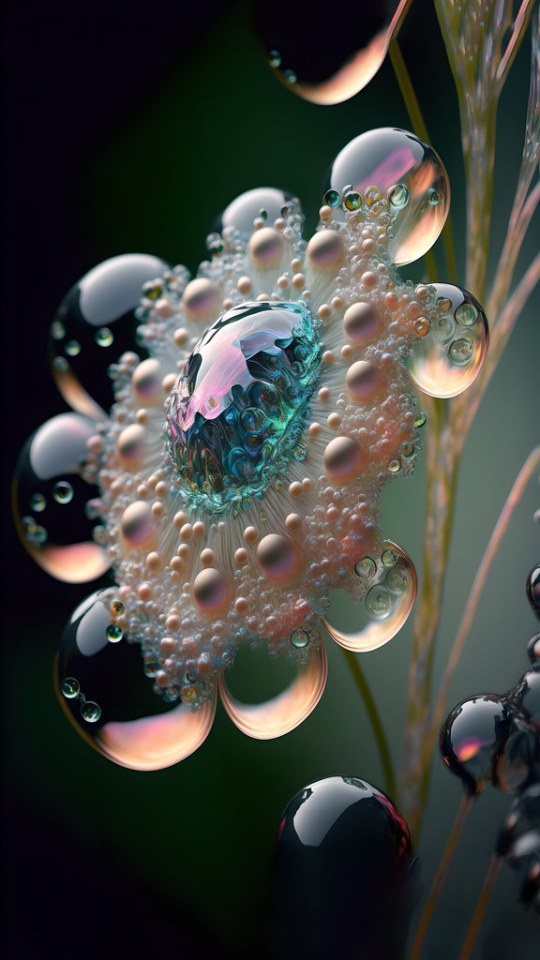
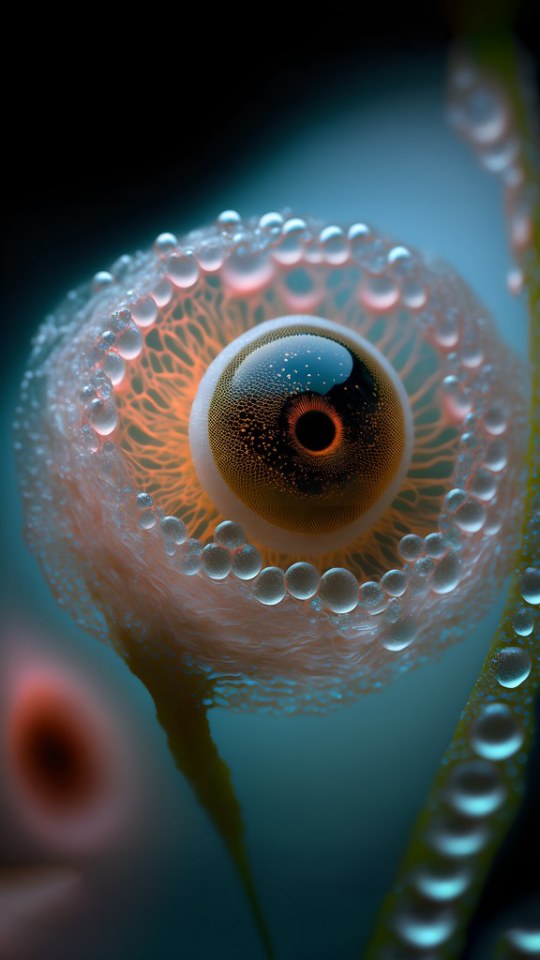

Markos Kay's works exist in between art and biology, in this case creating a visual 'reimagining' of the theory that early cellular life originated from 'primordial lipids'.
Organic forms (droplets, bubbles, vesicles/vacuoles, veins, flowers, cells, etc.) could perhaps influence how my 'slime-inspired work' may look (abstract?).
Abstract/biomorphic animation is definitely something I may use for my own work.
Artist Archive (both ideas, but primarily idea 2a): Aron Sanchez-Baranda
1st Row (left to right) - photographic prints: Fundament, Pisaster ochraceus/Anthopleura xanthogrammica (2021), Hair, Gum and Blood, Stemonitis sp. (2019), Febrile, Urticina eques (2021)
2nd Row (left to right) - short film screencaps: Take me to your heart, Phoca vitulina birth remnants (2017), Higher class tissue, Octopus rubescens (2021), Proportion dependent, Anthopluera sola (2023)
3rd Row (left to right) - short film screencaps: Cell wall, Aplysia californica (2023), World entire, Anthopluera sola (2023), Transactive memory, Anthopluera sola under UV light (2022)
4th Row (left to right) - short film screencaps: Lap, Neverita lewisii (2021), Cooperation offer, Ophiodromus pugettenis lives within patiria miniata (2022), Sparkling reflective stacks of purine crystals, Flabellinopsis iodinea (2023)
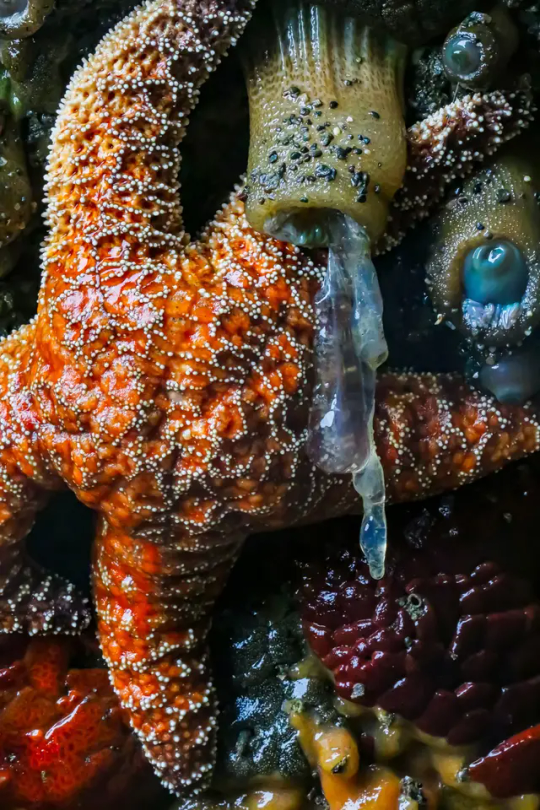
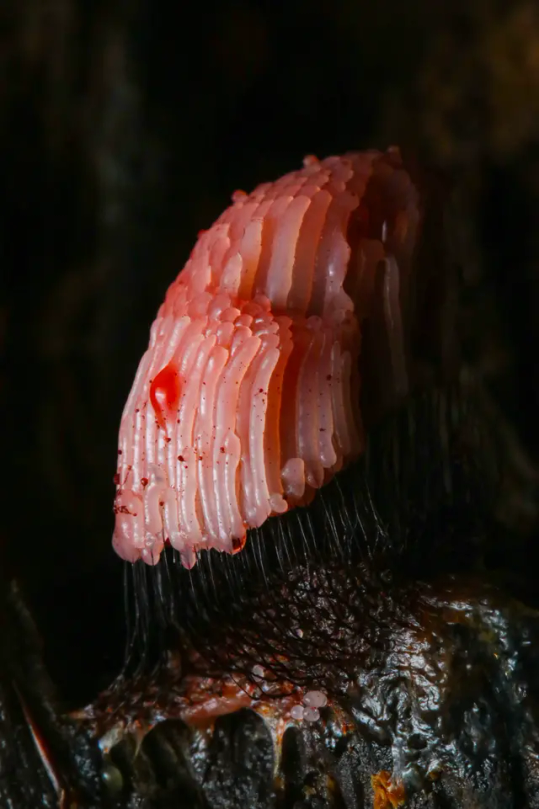


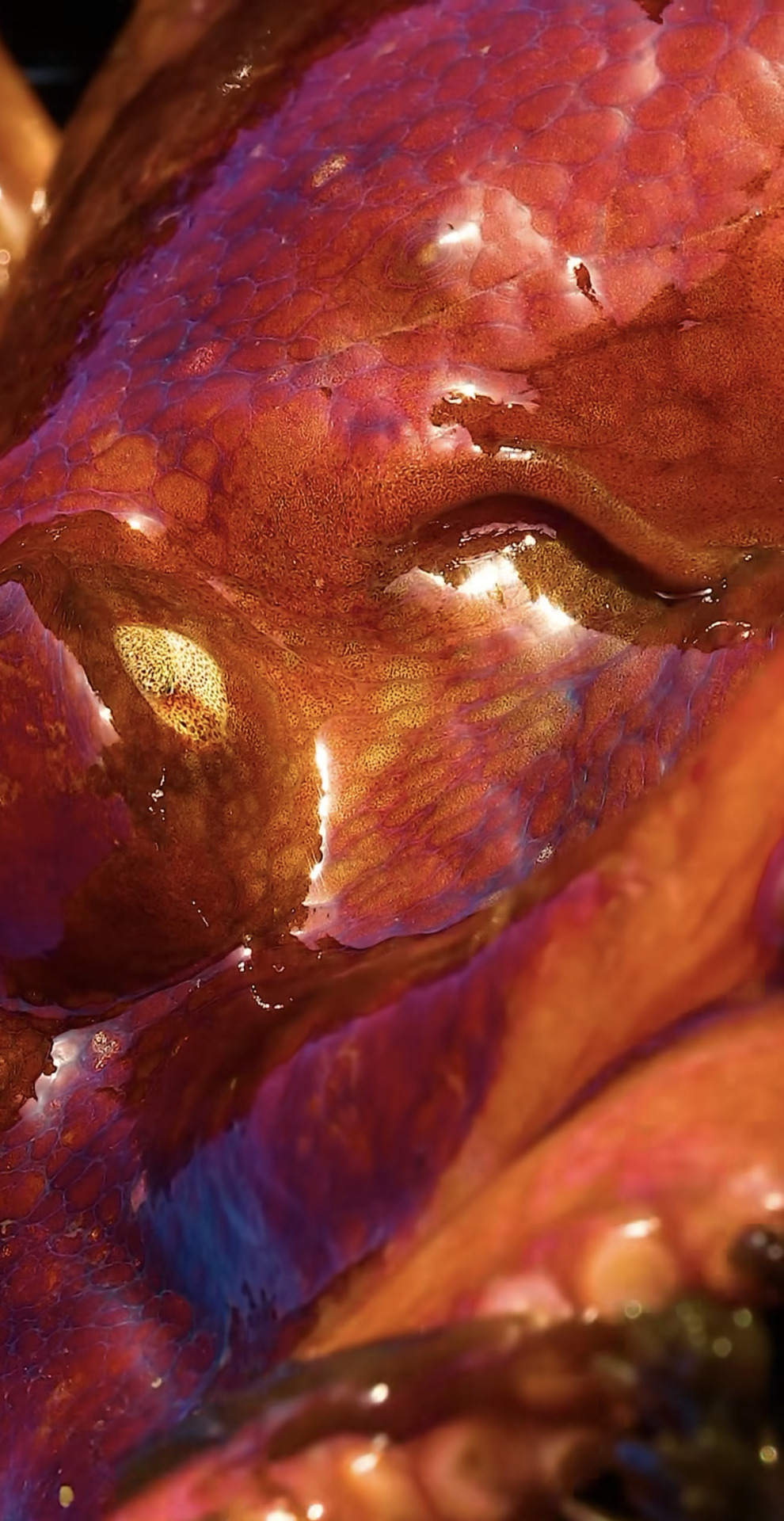




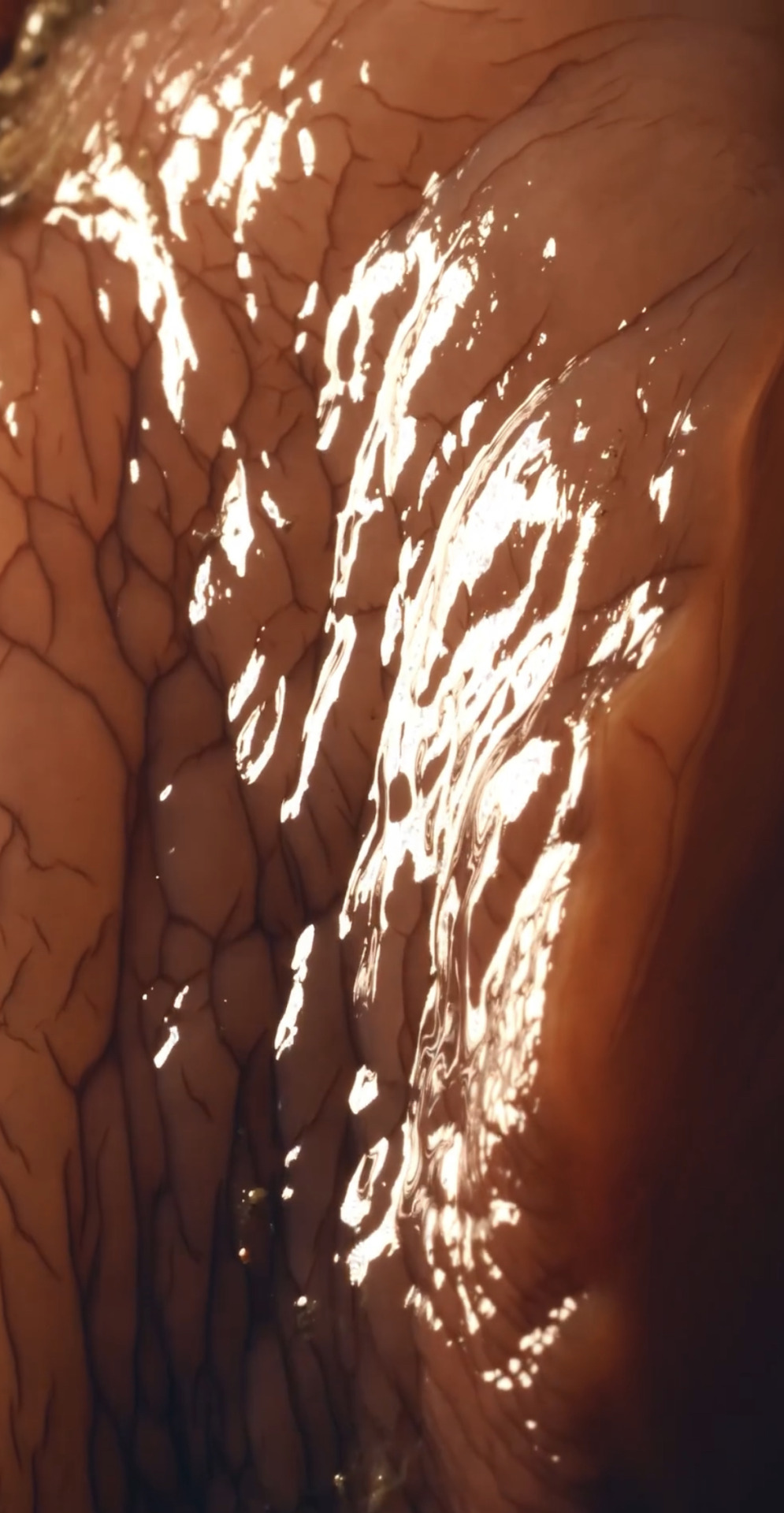


Aron Sanchez-Baranda's photographs and films exist as both documentation and art.
His close-ups of fungi and marine wildlife abstract the natural forms of the subject, focusing on the colours, the patterns, the shapes and textures interacting with each other, and the glistening water, mucus, etc. of their surfaces.
This may perhaps play into the natural vs. unnatural, familiar/comfortable vs. repulsive?
Artist Archive (both ideas, but primarily idea 2b): Anicka Yi's tempura-fried flower sculptures and artificial honeycomb lamps
1st Row (left to right): Maybe She's Born With It (2015), ALZ/AZN (2015), Lapidary Tea Slave (2015)
2st Row - tempura-fried flower sculptures: Installation shot of all three sculptures listed about


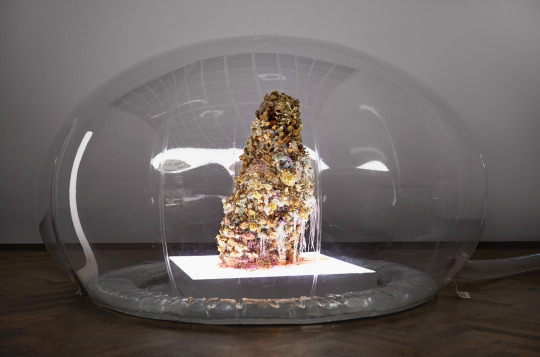
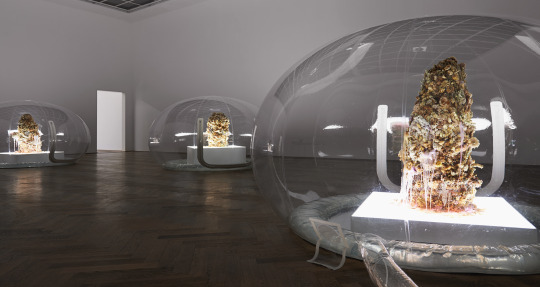
1st Row (left to right) - artificial honeycomb (epoxy resin) lamps: Escape From The Shade 1 (2016), Escape From The Shade 7 (2016), God Make It This Time Or Never At All (2017)
2nd Row (left to right) - artificial honeycomb (epoxy resin) lamps: Mausoleum Of Easy Going (2017), Slippage Between Law and Art (2022), One Bright Pearl (2022)
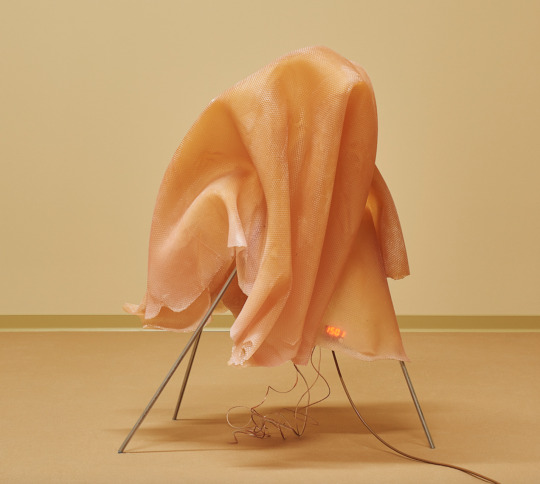
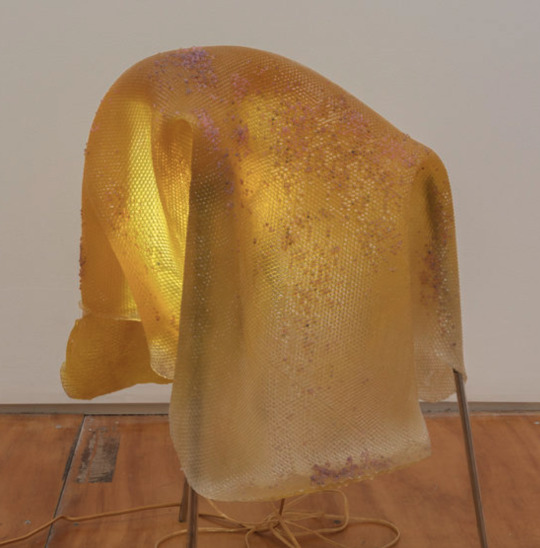
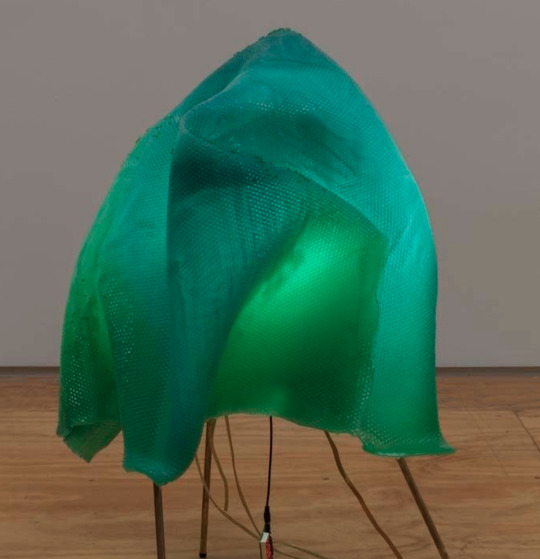
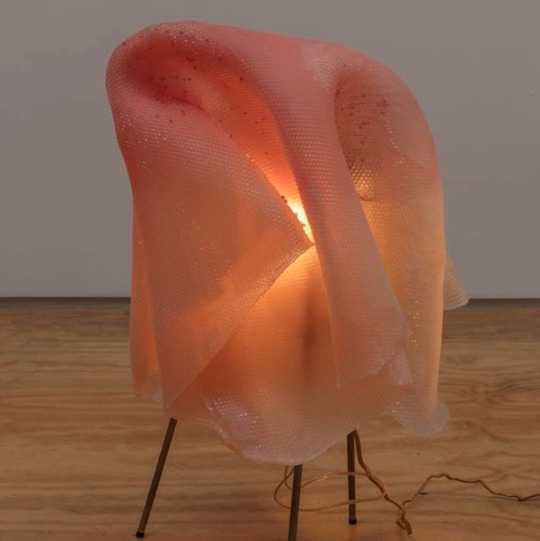
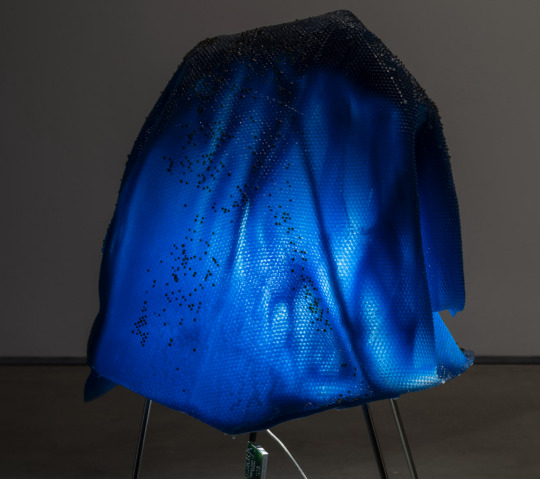

Anicka Yi is another artist who explores biology and art, but more within the context of sensory immersion and how it may trigger emotional responses.
In the case of her tempura-fried flower sculptures, the strong smell of oil, tempura batter and decaying plants exudes from a hybrid between crystallised and molten/dripping forms (interesting to play with both shape/texture and smell).
As for her artificial honeycomb lamps, she transforms the 'honeycomb' into a 'draping cloth' while maintaining its texture and translucency - with colours ranging from softer and more natural to more vibrant and emotive (perhaps textured sculptures and light/colour for a tangible, interactive form?).
0 notes
Photo

Lewis’s Moon Snail
Neverita lewisii
Edmonds, Washington
#i love these great big slimy guys#snail#mollusk#slime bois#slug#moon snail#lewis's moon snail#neverita#neverita lewisii#marine bio#marine biology#marine life#marine biologist#sea creatures#ocean life
6 notes
·
View notes
Photo
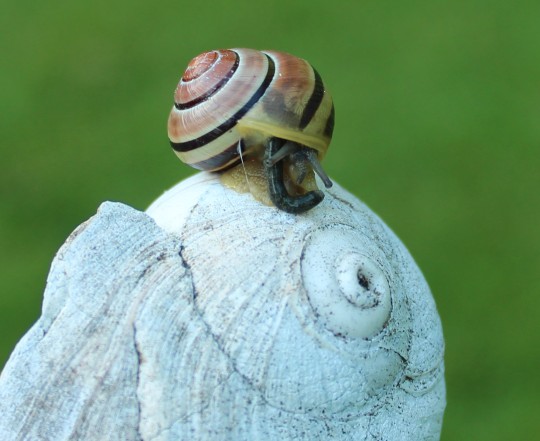
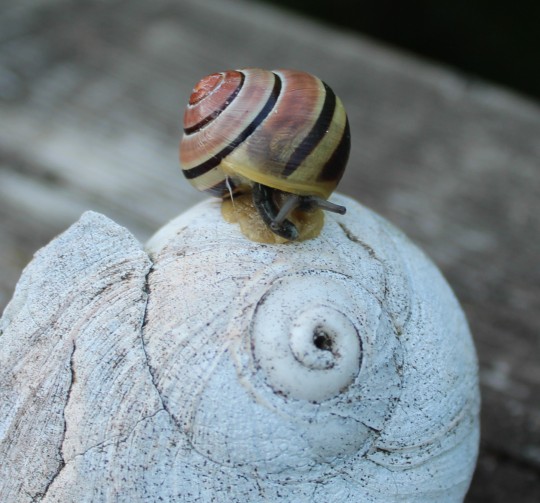

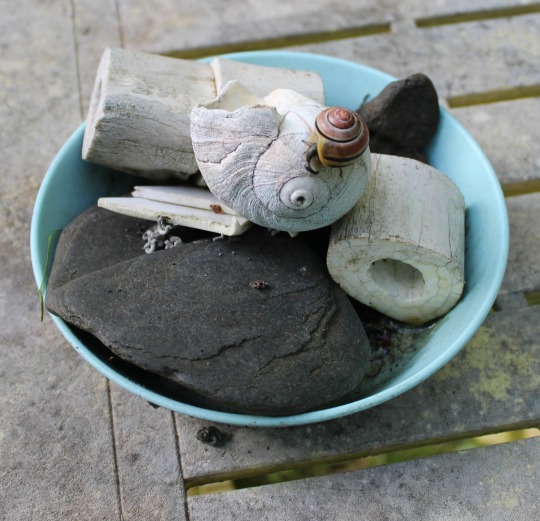
Cepaea nemoralis (Grove snail) and the shell of Neverita lewisii (Lewis's moon snail)
A garden is not just a space for pretty flowers, it’s also full of ‘critters’. Exhibit A; the Grove snail. This little land snail is native to Europe and appears prominently on The Invasive Species Council of British Columbia’s list of nasty imports. However, the shell it’s climbing over is from a moon snail we picked up twenty years ago on a beautiful, deserted beach in Haida Gwaii (formerly known as the Queen Charlotte Islands).
The Grove snail has been of interest to evolutionary biologists because the bright bands of color must attract predators. How did this trait evolve? As a survivor of several hundred dancefloors in my youth (and thinking back to some of the garish outfits I wore) I have an obvious explanation - “It’s because ‘chicks’ dig it!” Any more questions?
63 notes
·
View notes
Text
Wanna see the ugliest animal in the world?
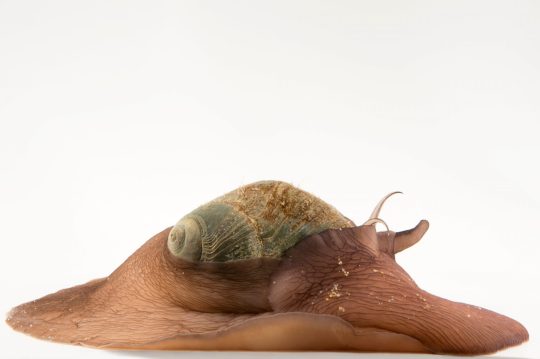

Behold Neverita/Polinices lewisii, the moon snail. It is, in fact, a marine snail whose mantle, unlike most other gastropods, extends out of the shell and partially envelops it.
I love this stupid thing.
5 notes
·
View notes
Note
May I please have invertebrate... 🤲

Lewis's moon snail (neverita lewisii)
this one is lewis' btw
9 notes
·
View notes
Photo


The peculiar anatomy of a Lewis’ moon snail [Neverita lewisii] an Eastern Pacific species found in intertidal zones. These snails cruise through the substrate in search of small prey, their soft bodies often submerged entirely in the wet sand. Images by Flickr user Brewbooks.
303 notes
·
View notes
Photo


The giant Lewis' Moon Snail - Neverita lewisii (Syn. Euspira lewisii)
Lewis' Moon Snail, Neverita lewisii (Gastropoda - Naticidae), is a huge sea snail native to the Pacific Ocean coast of North America, from Canada to Baja California, Mexico). This is the largest of the moon snails, with shells up to 13 cm in diameter, however a fully expanded animal is several times larger than its shell. The snails plough forward with a foot just below the surface of the sand. When extended, the foot can measure over 30 cm in diameter.
Moon snails feed mostly on clams, mussels, or other mollusks. They are “boring predators”, meaning that they drill through the shell of their prey and ingest the tissue inside. In order to drill a prey item successfully, they must first detect and immobilize their prey, cover it in a mucus sheath and then transport it into the sediment to be drilled. Moon snails use a combination of an acidic enzyme and a “rasping tongue”, the radula, to penetrate their shelled prey. The radula, located at the end of the proboscis, scrapes the surface of the shell as the proboscis rotates 90 degrees, resulting in a fairly round and smooth borehole with an inner and outer edge. The accessory boring organ, located in the snail’s foot, secretes the acidic enzyme to soften the shell of the prey.
References: [1] - [2] - [3] - [4]
Photo credits: [Top: ©Ann Dornfeld | Locality: Alki Pipeline, Seattle, Washington, US, 2009] - [Bottom: ©Megan Asche | Locality: Olympia, Washington, US, 2013]
#nature#animals#lewis' moon snail#neverita lewisii#neverita#us#washington#fauna#sea life#sea snail#moon snail#mollusca#gastropoda#naticidae#zoology#malacology#original
522 notes
·
View notes